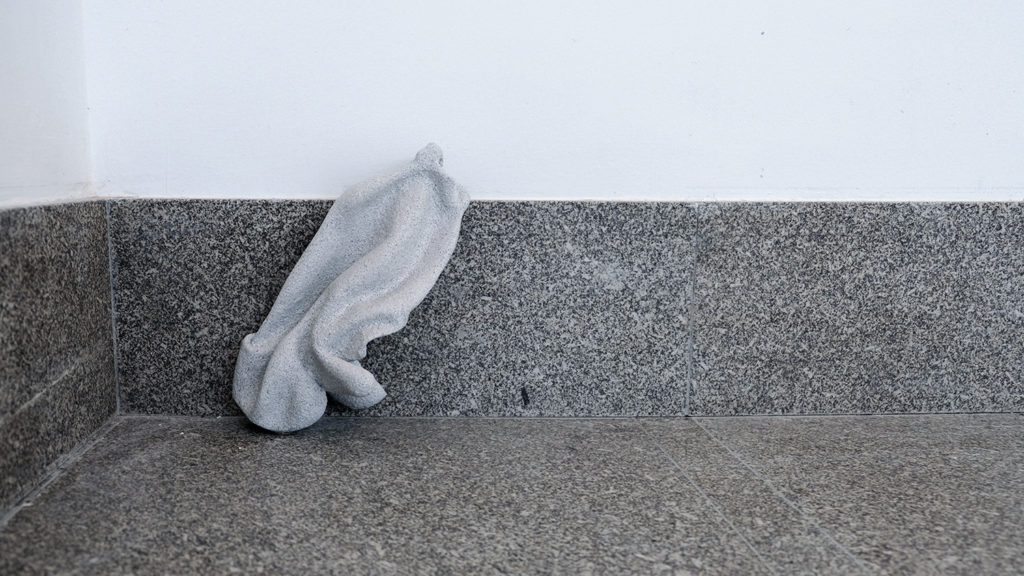Externes



En parallèle au projet de terraformation “Internes” (prix MAIF 2020), Grégory Chatonsky a conçu “Externes”. Il s’agit de créer une nouvelle relation entre la matérialité et le numérique, deux mondes dans lesquels nous ne cessons de vivre mais que nous avons encore du mal à métaboliser.
L’artiste numérise l’espace matériel où il souhaite exposer sa scupture. Ce fragment spatial peut être alors librement manipulé sur un ordinateur et rencontrer une sculpture numérique dans une simulation. Cette dernière permet d’affecter à l’objet des propriétés physiques inédites (gravité, friction, poids, turbulences, etc) et de la faire interagir avec l’espace choisi. La simulation permet de déformer le modèle en l’adaptant à l’espace. L’objet est ensuite physiquement imprimé pour en faire un tirage qui est installé dans l’espace d’origine. Cette seconde rencontre entre l’espace et la sculpture est la trace d’une première rencontre qui a été celle de la simulation dans la boîte noire de la machine.
Par cette procédure “Externes” rend inextricable l’analogique et le numérique, mais questionne également la neutralité prétendue du White Cube et du socle qui habituellement supporte les sculptures. Cette neutralité permettait de garantir que l’oeuvre d’art pouvait être exposée dans un lieu ou un autre. Avec “Internes”, la sculpture est adaptée à un seul lieu au monde, renouvellant la notion même d’in situ.
–
In parallel to the “Interns”, a terraforming project (MAIF 2020 award), Grégory Chatonsky designed “Externs”. The idea is to create a new relationship between materiality and the digital, two worlds in which we are constantly living but which we are still struggling to metabolize.
The artist digitizes a material space where he wishes to exhibit his scupture. This spatial fragment can then be freely manipulated on a computer and meet a digital sculpture in a simulation. The latter makes it possible to assign to the object new physical properties (gravity, friction, weight, turbulence, etc.) and to make it interact with the chosen space. The simulation allows to deform the model by adapting it to the space. The object is then physically printed to make a print that is installed in the original space. This second encounter between the space and the sculpture is the trace of a first encounter which was the one of the simulation in the black box of the machine.
Through this procedure “Externals” makes analog and digital inextricable, but also questions the alleged neutrality of the White Cube and the “socle” that usually supports the sculptures. This neutrality ensured that the work of art could be exhibited in one place or another. With “Interns”, the sculpture is adapted to a single place in the world, renewing the very notion of in situ.
